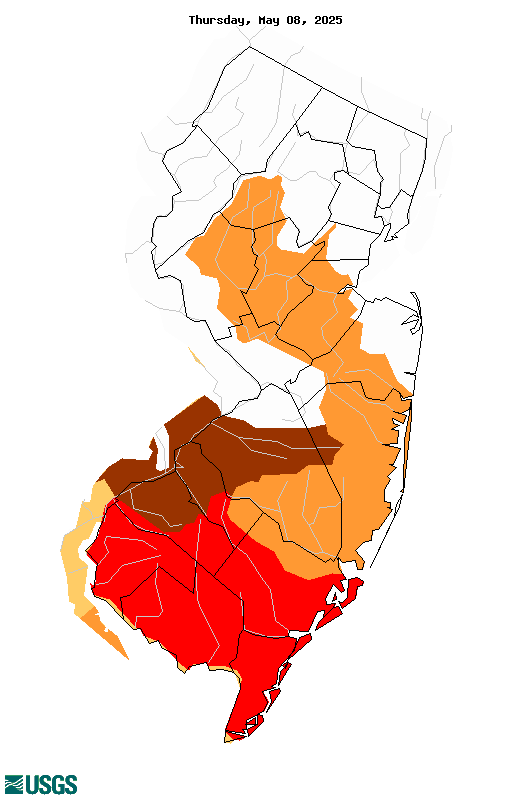Landscape, Ornamentals, Nursery, and Turf Edition
Seasonal updates on ornamental, nursery, and turf pests.
Subscriptions are available via EMAIL and RSS.
Companion Website Links:
 Rutgers Turf Blog - Articles on turfgrass diseases and cultural practices for the commercial turfgrass industry. Subscription available via RSS.
Rutgers Turf Blog - Articles on turfgrass diseases and cultural practices for the commercial turfgrass industry. Subscription available via RSS.
 Rutgers Weather Forecasting - Meteorological Information important to commercial agriculture.
Rutgers Weather Forecasting - Meteorological Information important to commercial agriculture.
Rutgers Private Applicator 2023 Online License Renewal Assistance
Private Applicators: NJDEP August Mailing of 2023 Invoices & Recertification Credit Status
Common Backyard Beneficials
Too often, landscape plant managers ignore or confuse beneficial organisms with insect pests and inappropriately apply control materials. This is especially the case with the larvae or immature stages of beneficial insects. An observant and knowledgeable IPM scout needs to learn how to recognize and conserve these “good guys,” so they are not needlessly destroyed. Remember, “we must look before we shoot,” when spraying pesticides and take advantage of natural pest control that works for free!
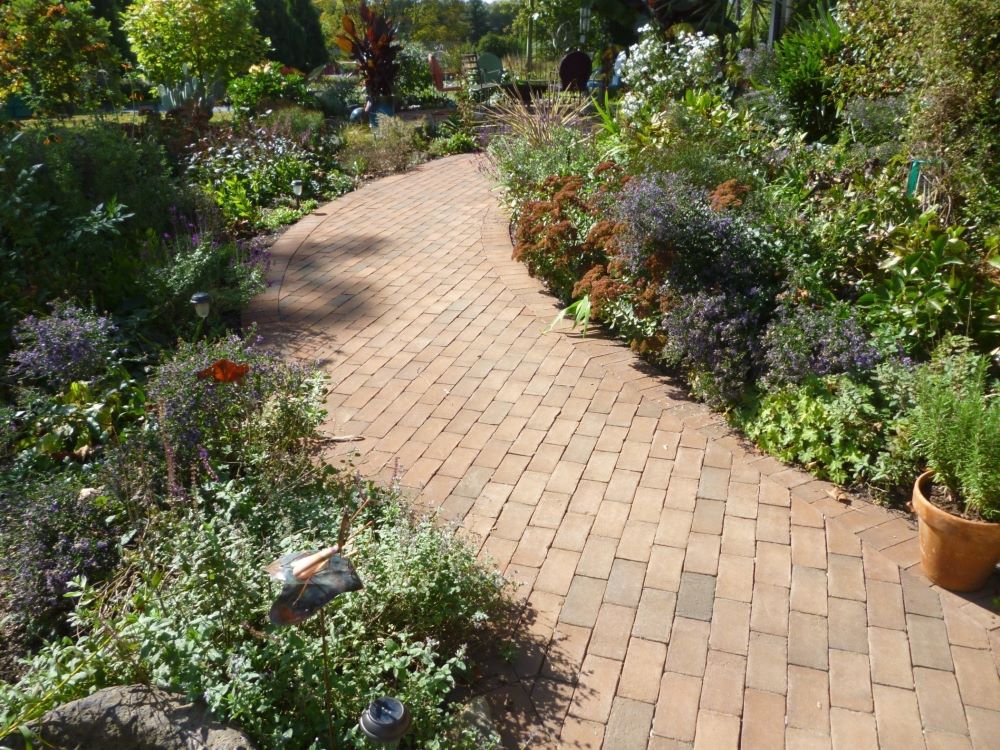
Home entrance walkway with diverse plantings of numerous species. An ideal setting to attract many beneficial insects. (Photo Credit: Steven K. Rettke, Rutgers Coop. Ext.)
The classical definition of biological control is the use of natural enemies to control insect pests. These natural enemies include predators, parasitoids, and pathogens. Pathogens are microorganisms (bacteria, viruses, fungi, protozoan, and nematodes) that kill pests. Parasitoids are parasites that kill their hosts by their feeding activities. Most parasitoids of landscape pests are wasps and flies. This blog will discuss some of the more valuable ornamental landscape predators.
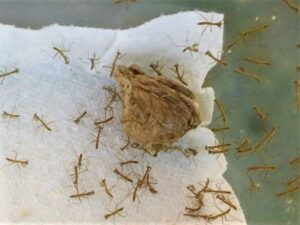
Over one hundred praying mantids can emerge from a typical sized egg case (ootheca). Although excellent predators, praying mantids are NOT considered to be valuable in the home landscape. (Photo Credit: Steven K. Rettke, Rutgers Coop. Ext.)
Green Industry Native Plant Survey
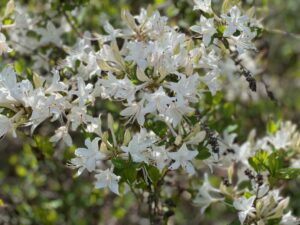
Rutgers Cooperative Extension of Monmouth, Cumberland, and Middlesex County have developed a brief needs assessment survey to gain a better understanding of the educational materials and technical resources that are needed in the nursery and landscape industries to help promote the production and marketability of native plants.
If you operate a nursery, greenhouse, or landscape business in NJ and grow native plants (or have an interest in starting to grow native plants), please fill out this 5-minute online survey to help Rutgers Cooperative Extension develop resources and programs to support our green industries.
Survey Link: https://go.rutgers.edu/ojkdrelv
Or scan the QR code below to access the survey:

For more information contact Bill Errickson, Agriculture Agent RCE of Monmouth County: william.errickson@njaes.rutgers.edu 732-431-7260
Printable Flyer: RCE Native Plant Survey Flyer
Crop progress: Drought stress continues
Drought conditions continue to stress crops in South-Central counties and a significant portion of northern NJ. Although the US Drought Monitor indicates conditions are only in the abnormally dry category, local conditions along the Pilesgrove-Upper Pittsgrove border west of the Salem River and adjoining areas of Gloucester County are experiencing moderate drought conditions in some fields; but not others due to the sporadic precipitation paths of recent storms. All stages of corn and soybeans in affected fields are showing signs of yield reduction due to disruption of pollination and seed set.
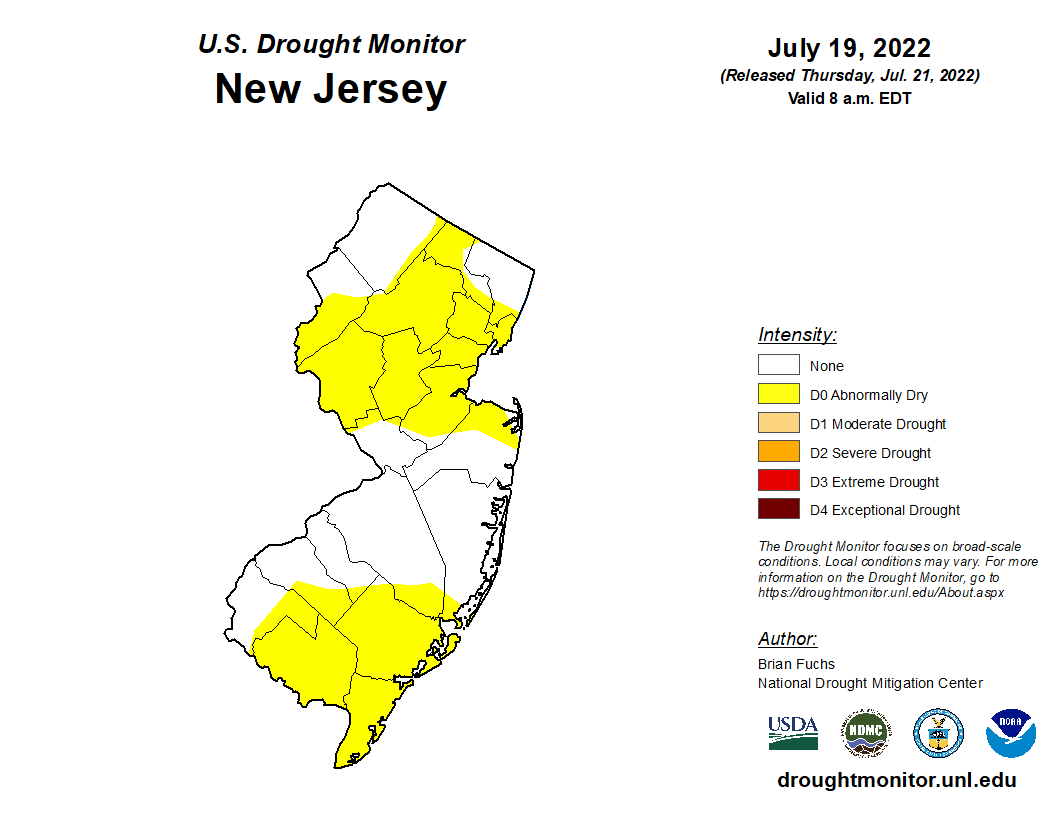
The USGS Below Normal 7-Day Average Streamflow Condition Map more accurately reflects a moderate hydrologic drought (darker orange colored area). A significant portion of the region has seen below normal precipitation for the past seven days. A streamflow which is less than the 25 percentile is considered below normal. The darker orange shaded areas of South-Central NJ of the USGS map represents 6-9 percentile stream flow activity.
Another way to observe increasing crop stress is to look at the cubic feet per second discharge of streams in the area since planting season. As seen in this graph of the Maurice River at Norma, NJ, current stream level discharge is well below the median daily discharge value over the past 88 years.
For information on USDA available drought related programs by commodity, see the poster:
Click to access farmersgov-disaster-assistance-brochure-07-21-2022.pdf
Pesticide Applicators Seminar – Credits Available
Over the past two years in-person trainings for pesticide applicators to obtain recertification credits have been a challenge. To educate licensed pesticide applicators and help them to receive credits, a 3-hour seminar will be held on Tuesday, October 18, 2022 from 9:00AM to 12:00PM at the Rutgers Cooperative Extension office in Gloucester County, 254 County House Rd, Clarksboro, NJ 08020. The meeting will be in the Sullivan Room auditorium. Attendees can enter through the ramp on the far right side of the main building.
Presenter: Michelle Infante-Casella, Agricultural Agent
Schedule:
9:00 AM……………..Pesticide Storage Facilities and Pesticide Disposal
10:00 AM……………Pesticide Record Keeping, Notification, and Posting
10:30 AM……………Insect Identification and Life Cycles for Proper Control Strategies in Landscapes, Turf, and Farm Fields
11:00 AM…………….Weed Identification: Annuals and Perennials: Know Your Weeds in Landscapes, Turf and Farm Fields
11:30 AM…………….Common Plant Diseases of Major Crop/Plant Groups
12:00 PM …………….Pesticide Credits and Adjourn
The following credits have been assigned by NJ DEP:
3 – CORE Credits
3 – PP2 Credits
3 – 3A Credits
3 – 3B Credits
3 – 1A Credits
Call 856-224-8040 ext. 1 or email jmedany@co.gloucester.nj.us to pre-register or for more information.
There is a $50.00 fee per participant. Only checks or cash will be accepted. Please make checks payable to “Rutgers the State Univ. of NJ”
Pre-registration is appreciated, and walk-in participants are welcome and can pay at the door. To find more information see: https://go.rutgers.edu/Oct18PesticideSeminar
